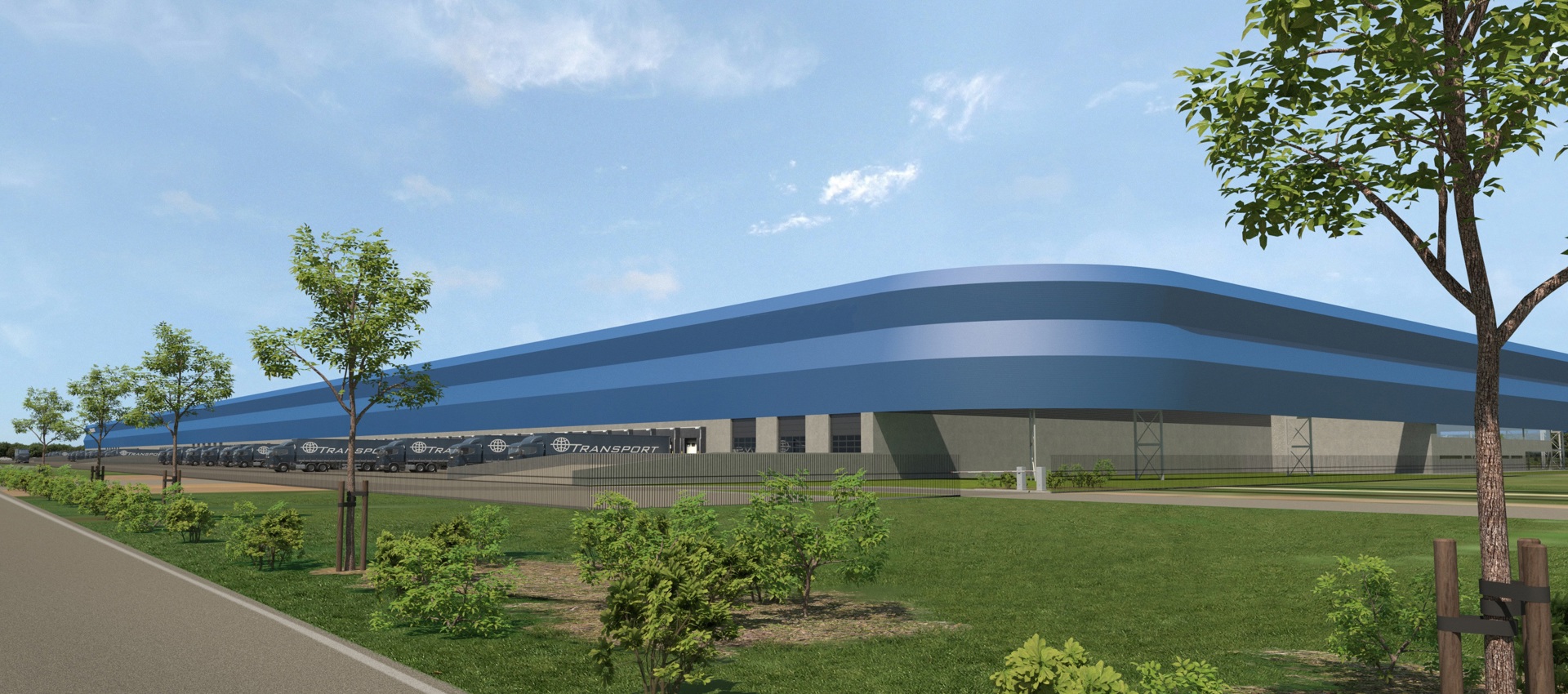The Logistics Park Moerdijk will be very sustainable. Consider energy use, water quality, multifunctional use of space, etc. To visualize this, we apply for a BREEAM-NL Area certificate. This is an internationally recognized quality mark. It addresses various current themes such as heat stress and climate adaptation, but also improves health by paying attention to local air quality and social cohesion.
In addition, much attention was paid during the preparation to the historical significance of the area, to the economic impact and social conditions - in short, an extensive area Inventory.
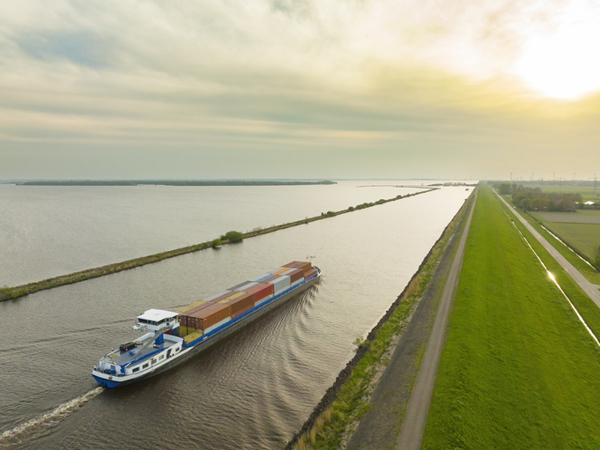
Sustainable choices
LPM must have a sustainable and high-quality character. The 'Public Program of Requirements' describes the ambitions with regard to energy use, water quality, the water balance, the preservation of natural and cultural-historical values and aims for multifunctional use of space. This means that sustainability is taken into account in all considerations and decisions. For example, all buildings are gas-free and the soil that has become available in the area is processed in the rest of the plan area.
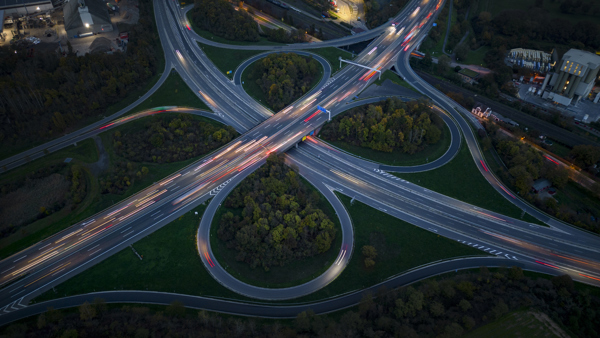
Sustainable use of space
For LPM, careful use of space is an important principle in Marco Vermeulen's area design from 2011. The idea is that optimal use of space at this location will keep the need for new logistics sites in the future as low as possible. Large-scale development units create a lot of flexibility in allotment. As a result, the available ground surface is handled carefully and as much storage capacity as possible is achieved. By assuming a building height of 11 meters, we anticipate future techniques for distributing products within the warehouses.
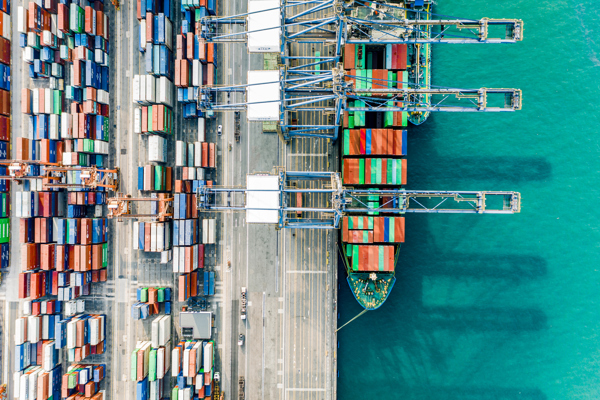
Sustainable design choices
-
Water neutral: rainwater is processed within the area.
The area is designed in such a way that it is very water-robust. For this purpose, the design was tested using a calculation model and the most extreme rainfall of 150 mm per hour was calculated. -
For the internal track, research is currently underway to determine what it will take to make autonomous freight traffic possible in the future.
-
Existing roads and civil engineering structures are optimally reused. The design shows that 55% of the existing works will be retained, possibly after adjustment.

Sustainability with regard to the environment
The linear green structure of the Lapdijk is reinforced by additional rows of trees. The damage to the ecological main structure is compensated in the area south of the Appelzak that was purchased by the port authority for this purpose. In the linear green structures along the edges and the ecological zone within LPM, full-fledged biotopes for numerous species can be created to create (new) natural values. In addition, the green entrances are an addition to the ecological system.
With regard to the quality of the soil, it has been established that only clean soil may be used. All land added to the area has a Background Value quality class.

Sustainability in the implementation phase
Contractor FL Reyrink uses a soil flow plan that has been drawn up to transport the soil within the plan area as efficiently as possible with the lowest possible environmental impact. In addition, the various waste flows are disposed of separately. For the realisation of the public space within the plan area, the ambition is to reuse at least 60% of the materials. In addition, 79% of material use becomes circular.
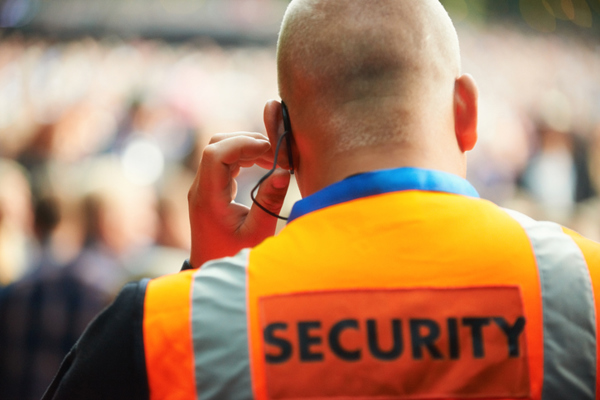
Sustainability in the assest management phase
It is already being ensured that LPM is managed sustainably after realisation. Requirements are formulated at each step and collected in a special program. These partly form the basis for the technical and non-technical management plans that are drawn up after the area is completed. For example, it has been established that during the management of the area, at least 60% of the materials must be reused and that at least 40% of the new materials to be used are circular. An app is also currently being developed so that waste is processed internally within the entire port authority, including LPM. What is waste for one company can be used as raw material for another company.
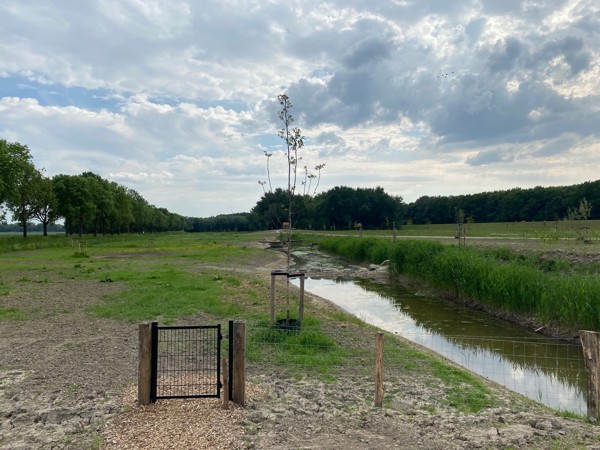
Landscape integration
The LPM is sustainably developed and carefully integrated into the landscape. This will create robust green edges and an ecological zone along the Lapdijk. In a number of places, tree felling is unavoidable. These trees will be compensated in the new nature and recreation area Appelzak-Zuid in Moerdijk, which the port authority has constructed in collaboration with local residents.
